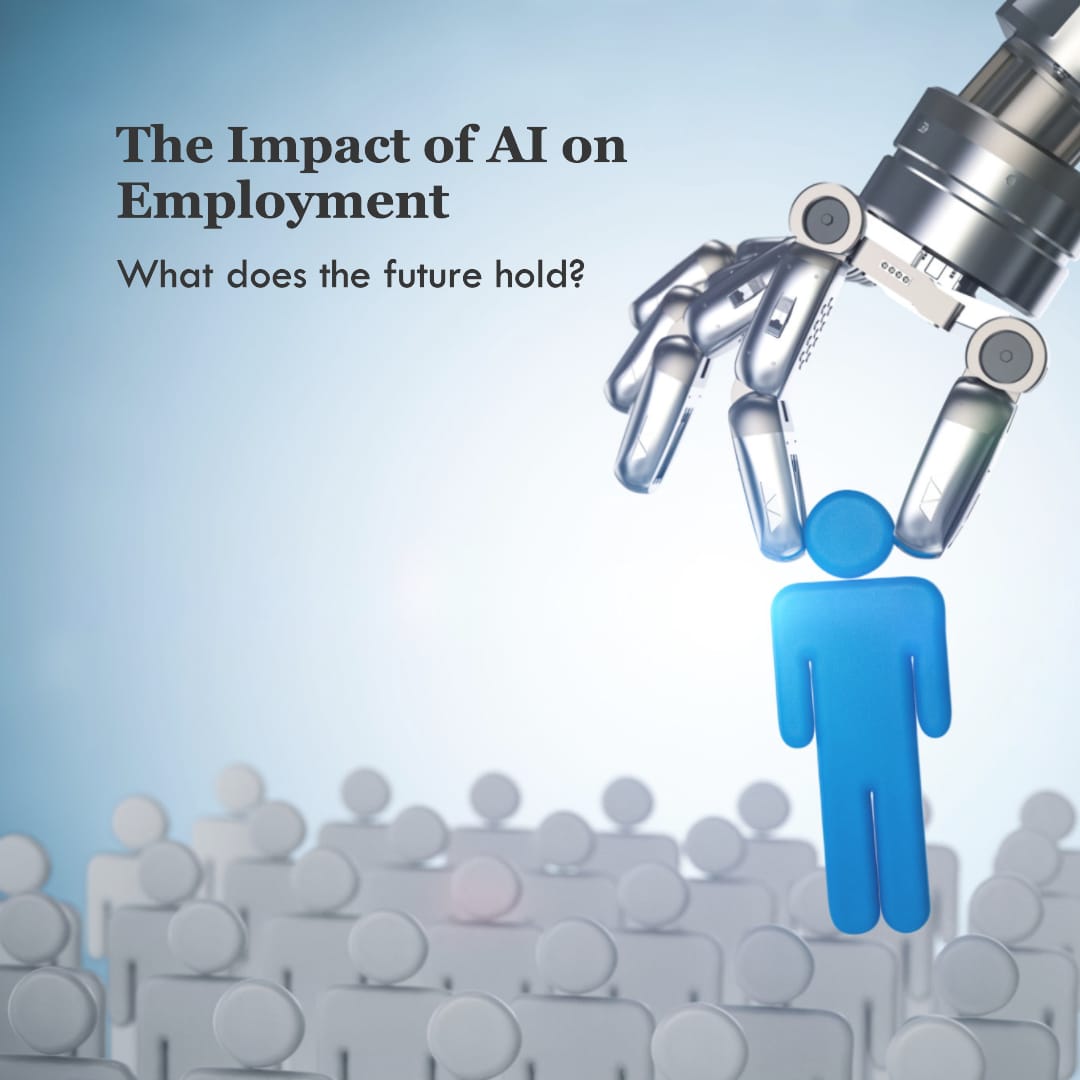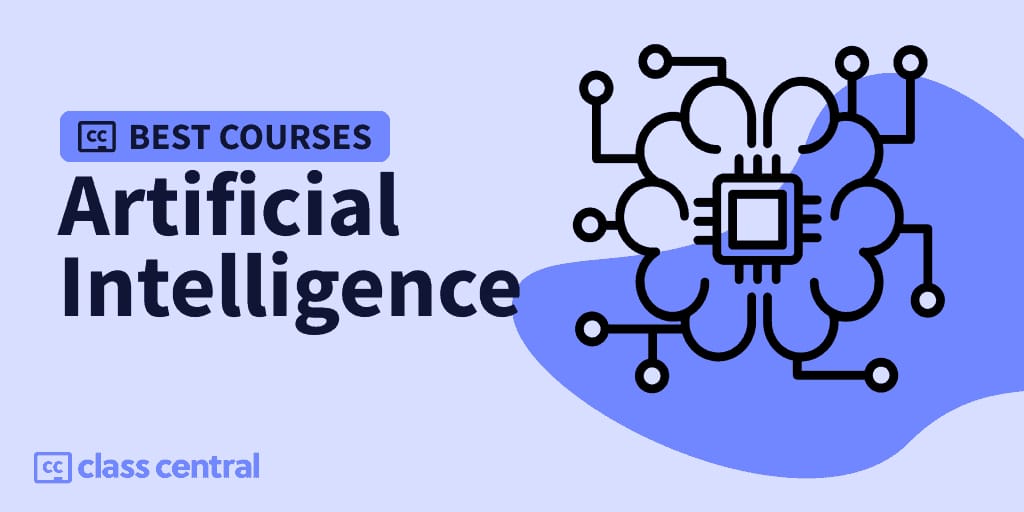In today’s digital age, the term “app” is ubiquitous, but what exactly are apps, and why are they so important? From smartphones to tablets, smartwatches, and even desktop computers, apps have become an integral part of our daily lives. In this article, we’ll explore the definition of apps, their significance, and how they have transformed the way we interact with technology.
The term “app” is short for “application.” An app is a software program designed to perform specific tasks or functions on a computing device, such as a smartphone or computer. These tasks can range from simple activities like checking the weather or setting an alarm to more complex operations like browsing the internet, editing documents, or playing games. Apps are essentially the building blocks that enable users to utilize the full potential of their devices.
Types of Apps
pps, short for applications, are software programs designed to perform specific tasks or provide various functionalities on digital devices such as smartphones, tablets, computers, and more. There are numerous types of apps, each serving different purposes and catering to various user needs.
1.Mobile Apps
Mobile apps, short for mobile applications, are software programs designed specifically for use on mobile devices such as smartphones and tablets. These applications serve various functions and purposes, ranging from entertainment and communication to productivity and utility.
Mobile apps are typically available for download and installation from dedicated app stores like the Apple App Store for iOS devices or the Google Play Store for Android devices. They are developed using specific programming languages and tools tailored to the respective mobile operating systems.
These applications provide users with a user-friendly interface for accessing specific content, services, or functionalities, often with offline capabilities. Mobile apps have become integral in modern daily life, offering solutions for a wide array of needs, including social networking, gaming, shopping, navigation, health monitoring, and more. Their convenience and accessibility have made them a central component of the mobile computing ecosystem.
2. Web Apps
Web apps, short for web applications, are software programs that run on web browsers, accessible over the internet. They offer dynamic and interactive user experiences, similar to traditional desktop applications, but without the need for installation or downloads. Web apps are typically built using web technologies such as HTML, CSS, and JavaScript, making them cross-platform and compatible with various devices and operating systems.
These applications can perform a wide range of tasks, from basic functions like email and document editing to complex operations like video conferencing and online shopping. They rely on client-server architecture, where the web browser acts as the client, and the application’s logic and data reside on remote servers. This architecture enables real-time updates, collaboration, and seamless access from anywhere with an internet connection, making web apps an integral part of modern computing and communication.
3. Desktop Apps
Desktop apps are software applications designed to run on personal computers or workstations rather than web browsers or mobile devices. These applications are installed directly on the user’s computer and are typically optimized for the specific operating system they are intended for, such as Windows, macOS, or Linux.
Desktop apps offer a wide range of functionalities, from productivity tools like word processors and spreadsheet software to multimedia applications, games, and specialized business software. They often provide a richer and more feature-packed experience compared to web-based or mobile apps due to their direct access to the computer’s resources, including processing power and storage.
Unlike web apps that require an internet connection to function, desktop apps can operate offline, ensuring access to essential tools and data even without internet connectivity. Users can launch desktop apps from their computer’s desktop or application menu, making them a fundamental part of personal and professional computing environments.
4. Native Apps
Native apps are software applications specifically designed and developed for a particular operating system or platform, such as iOS or Android. They are coded using programming languages and tools that are native to that platform, ensuring seamless integration with the device’s hardware and software capabilities. Native apps offer high performance, as they can fully utilize the device’s processing power and access its native features like camera, GPS, and sensors.
These apps are typically distributed through platform-specific app stores, like the Apple App Store or Google Play Store, and must be installed directly on the device. Native apps provide a consistent and responsive user experience, with access to platform-specific design guidelines and features. However, they require separate development efforts for each platform, making them more time-consuming and costly to maintain compared to cross-platform or web-based applications. Despite these challenges, native apps are preferred for delivering the best user experience and performance on a specific platform.
5. Hybrid Apps
Hybrid apps are mobile applications that combine elements of both native and web applications. These apps are developed using web technologies such as HTML, CSS, and JavaScript, and are typically wrapped in a native container that allows them to be installed and run on various mobile platforms, including iOS and Android. Hybrid apps leverage web technologies to create a single codebase that can be deployed across multiple platforms, making development more efficient and cost-effective.
One key feature of hybrid apps is their ability to access device capabilities and native APIs through plugins or frameworks, bridging the gap between web and native functionality. This enables developers to create cross-platform applications with a native-like user experience. While hybrid apps offer advantages in terms of code reusability and cross-platform compatibility, they may not always achieve the same level of performance and responsiveness as fully native apps.
6. Legacy Apps
Legacy apps, short for legacy applications, refer to software programs or systems that are outdated, often unsupported, and no longer align with modern technology standards or user needs. These applications have typically been in use for an extended period, sometimes decades, and are challenging to maintain or enhance due to their outdated architecture, programming languages, or dependencies.
Legacy apps can pose several problems for organizations, including security vulnerabilities, compatibility issues, and high maintenance costs. They often lack the flexibility and scalability required to adapt to changing business requirements and technological advancements. Migrating or replacing legacy applications is a common strategy to address these challenges and bring organizations up to date with current technology standards, ensuring efficiency, security, and competitiveness. In summary, legacy apps are older software systems that have become burdensome and are in need of modernization or replacement to keep pace with evolving technological landscapes.
Examples of Apps
In today’s digital age, apps have become an integral part of our lives, transforming the way we work, communicate, and entertain ourselves. With millions of apps available across various platforms, it’s fascinating to delve into the diverse and innovative examples that cater to an array of needs and interests. In this article, we’ll take a closer look at some standout apps that exemplify the versatility and creativity of modern app development.
1. Uber – Revolutionizing Transportation
- Uber has disrupted the traditional taxi industry by connecting riders with drivers through a user-friendly app. It offers convenience, affordability, and safety while transforming the way people travel in cities worldwide.
2. Spotify – The Music Streaming Giant
- Spotify has revolutionized the music industry with its extensive library of songs and personalized playlists. Users can access their favorite music anytime, anywhere, and discover new tracks through its recommendation algorithms.
3. Duolingo – Fun Language Learning
- Duolingo gamifies language learning, making it enjoyable and accessible for people of all ages. The app offers lessons in numerous languages and adapts to users’ progress, ensuring effective learning.
4. Tinder – Modern Dating
- Tinder has redefined dating by simplifying the process of connecting with potential partners. Its swipe-based interface and location-based matching have made it a cultural phenomenon for meeting new people.
5. Instagram – Visual Storytelling
- Instagram has transformed the way we share moments through visual content. Its features like Stories, IGTV, and filters have made it a hub for creativity and self-expression.
6. Calm – Mental Wellness
- Calm provides users with meditation, sleep stories, and relaxation exercises to reduce stress and improve mental well-being. It’s an excellent example of using technology to promote mindfulness.
7. Zillow – Real Estate Exploration
- Zillow empowers users to explore the real estate market by providing property listings, neighborhood information, and home value estimates. It simplifies the home-buying and selling process.
8. Strava – Fitness Tracking
- Strava is a go-to app for athletes and fitness enthusiasts. It tracks workouts, records routes, and connects with a community of like-minded individuals, fostering motivation and competition.
9. Google Maps – Navigation and Exploration
- Google Maps has changed the way we navigate and explore the world. It provides real-time traffic data, directions, and detailed information about businesses, making it an essential tool for travelers.
10. TikTok – Short-Form Video Creativity
- TikTok has taken the social media world by storm with its short-form video content. It offers a platform for users to express their creativity and entertain a global audience.
11. Robinhood – Democratizing Finance
- Robinhood has made investing accessible to the masses with commission-free trading. It empowers users to manage their finances and invest in stocks, cryptocurrencies, and more.
12. Airbnb – Peer-to-Peer Lodging
- Airbnb has revolutionized the travel industry by allowing individuals to rent their homes or book unique accommodations worldwide. It offers a personalized and immersive travel experience.
13. Adobe Photoshop Express – Mobile Photo Editing
- Adobe Photoshop Express brings powerful photo editing tools to mobile devices, enabling users to enhance and retouch their photos on the go.
These examples illustrate the incredible diversity and impact of apps on our daily lives. From simplifying transportation and revolutionizing dating to enhancing mental well-being and unleashing creative potential, apps have reshaped industries and enriched our experiences. As technology continues to evolve, we can only anticipate more innovative and transformative apps that will shape the future of our digital landscape.
How Does Apps Works
Apps, short for applications, are software programs designed to perform specific tasks or provide certain functionality on electronic devices like smartphones, tablets, computers, and more. They work by executing a series of instructions and interacting with the underlying operating system and hardware. Here’s a simplified overview of how apps work:
- Programming: Apps are created by software developers who write code using programming languages like Java, Swift, Python, C++, and others. The code contains instructions that define the app’s behavior and functionality.
- Compilation/Interpretation: Depending on the programming language used, the code is either compiled (translated into machine code) or interpreted (executed by an interpreter). Compiled languages produce a binary executable file, while interpreted languages require an interpreter to execute the code.
- Installation: On most devices, apps are installed from an official app store or a trusted source. During installation, the app’s code and resources are copied to the device’s storage.
- Launch: Users can open the app from their device’s home screen or app menu. When launched, the operating system loads the app’s code into memory and starts executing it.
- User Interface: Apps typically present a user interface (UI) that users interact with. This UI is designed using graphical elements such as buttons, text fields, and images. Users can interact with the app through touch, mouse, keyboard, or other input methods.
- Processing: The app’s code executes various functions and algorithms to perform its intended tasks. This may involve calculations, data retrieval from the device’s storage or the internet, and more.
- Communication: Many apps require communication with external servers or services over the internet. They may send requests and receive data in response. This is common for apps like social media, email, and weather apps.
- Data Storage: Apps often store data locally on the device, such as user preferences, settings, and cached content. They may also interact with databases or cloud storage for more extensive data needs.
- Device Features: Apps can access various hardware features and sensors on the device, such as the camera, GPS, microphone, and sensors like accelerometers and gyroscopes. This allows them to provide additional functionality.
- Background Processes: Some apps continue to run in the background, even when not actively used. They may perform tasks like checking for notifications or updating data.
- Security: Apps need to ensure data security and user privacy. This involves protecting sensitive user information, encrypting data transmissions, and following security best practices.
- Updates: App developers release updates to fix bugs, improve performance, and add new features. Users can download and install these updates through app stores.
- Termination: When users exit an app or switch to another, the app is either paused in the background or terminated. Resources allocated to the app are released, and it no longer consumes CPU or memory until reopened.
Apps are software programs that run on electronic devices, executing a set of instructions to provide specific functionality and user experiences. They can interact with the device’s hardware, communicate with external services, store and retrieve data, and ensure security and privacy. App development is a complex process that involves coding, testing, and ongoing maintenance to ensure a smooth user experience.
Conclusion
Apps have transcended their initial purpose of providing functionality to our devices. They have become an integral part of our lives, shaping how we communicate, work, and entertain ourselves. As technology continues to advance, apps will evolve to meet new challenges and opportunities. They are not just lines of code; they are a reflection of our evolving digital society. Apps are the windows through which we view the possibilities of the digital age, and their future is boundless.







Leave a Reply